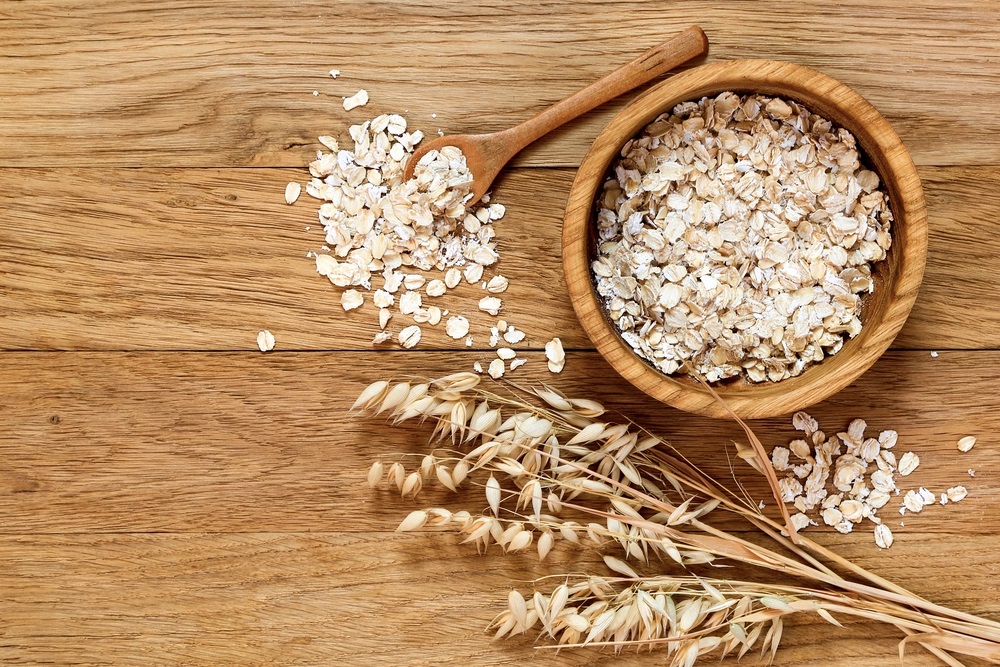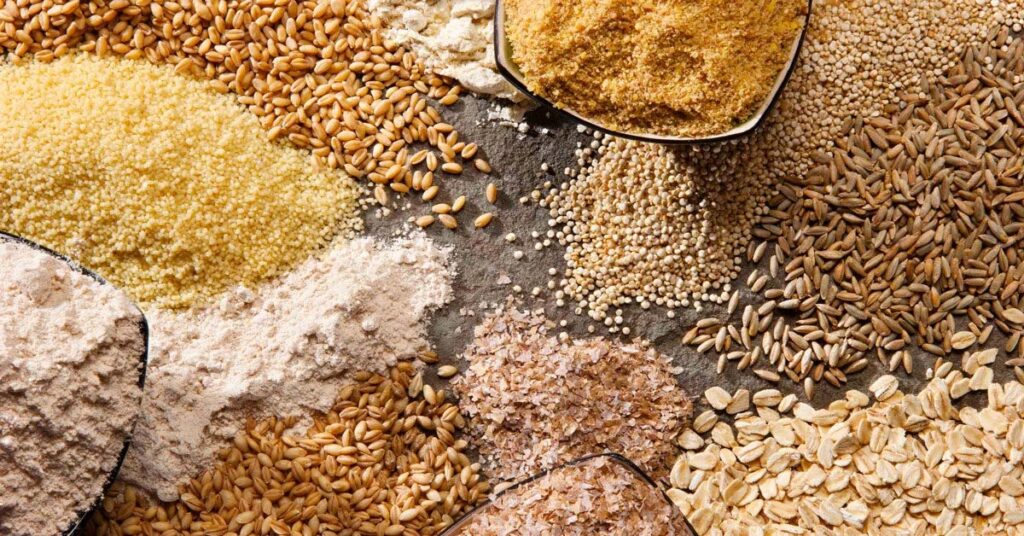Maintaining a heart-healthy lifestyle involves conscious choices, and one key aspect is adopting a low cholesterol diet plan. High cholesterol levels can contribute to cardiovascular diseases, making dietary adjustments a crucial component of preventive care. In this article, we’ll delve into the principles, benefits, and practical implementation of a low cholesterol diet plan, empowering individuals to make informed choices for their heart health. Without further wasting time, let’s get started.
Understanding Cholesterol
Before delving into a low cholesterol diet plan, it’s essential to grasp the basics of cholesterol. Cholesterol is a waxy and fatty substance crucial for various bodily functions, including the production of hormones and cell membranes. However, an imbalance in cholesterol levels, particularly elevated levels of LDL (low-density lipoprotein) or “bad” cholesterol, can pose risks to heart health.
Principles of a Low Cholesterol Diet Plan
Limit Saturated and Trans Fats
One of the foundational principles of a low cholesterol diet plan is reducing the intake of saturated and trans fats. Saturated fats, primarily found in animal products such as red meat and full-fat dairy, can elevate LDL cholesterol levels. Trans fats, commonly found in partially hydrogenated oils used in processed foods, also contribute to increased LDL cholesterol and decreased high-density lipoprotein (HDL) cholesterol, which is considered “good” cholesterol.

Embrace Heart-Healthy Fats
While saturated and trans fats are to be limited, incorporating heart-healthy fats is a crucial aspect of a low cholesterol diet. Monounsaturated and polyunsaturated fats, found in olive oil, avocados, nuts, seeds, and fatty fish, contribute to cardiovascular health. Omega-3 fatty acids, a type of polyunsaturated fat found in fatty fish like salmon, trout, and mackerel, have been linked to various heart benefits, including lowering triglycerides and reducing blood pressure.
Increase Soluble Fiber Intake
Soluble fiber plays a key role in reducing LDL cholesterol levels by binding to cholesterol molecules and facilitating their elimination from the body. Foods rich in soluble fiber include oats, barley, legumes, fruits (especially apples, citrus fruits, and berries), and certain vegetables like okra and eggplant.

Choose Lean Protein Sources
Protein is an essential component of a balanced diet, but the type of protein matters for heart health. Opting for lean protein sources, such as poultry, fish, tofu, legumes, and low-fat dairy, helps minimize saturated fat intake while providing necessary nutrients for overall well-being.

Incorporate Plant Sterols and Stanols
Plant sterols and plant stanols are compounds found in plants that can help lower LDL cholesterol. These substances are similar in structure to cholesterol and can compete for absorption in the digestive system, reducing overall cholesterol absorption. Any healthy plant-based foods like legumes, seeds and nuts, leafy greens contain these compounds. Furthermore, foods fortified with sterols or stanols, like certain margarines, can be included in a low cholesterol diet.
Benefits of a Low Cholesterol Diet
Cardiovascular Risk Reduction
A primary and overarching benefit of a low cholesterol diet plan is the reduction of cardiovascular risk. High levels of LDL cholesterol contribute to the build-up of plaques in arteries, leading to atherosclerosis. Atherosclerosis narrows the arteries, limiting blood flow and potentially resulting in heart attacks or strokes. By managing cholesterol levels through dietary adjustments, individuals can significantly lower the risk of these life-threatening cardiovascular events.

Improved Blood Vessel Function
A low cholesterol diet positively influences blood vessel function. The accumulation of cholesterol plaques in blood vessels can compromise their flexibility and functionality. By maintaining healthy cholesterol levels, blood vessels can function optimally, promoting efficient blood flow throughout the body. This improvement in vascular function is crucial for preventing hypertension and supporting overall cardiovascular well-being.

Balancing Blood Pressure
High cholesterol levels are often linked to high blood pressure, a major risk factor for heart disease. Adopting a low cholesterol diet plan can contribute to the maintenance of balanced blood pressure levels. By addressing multiple risk factors simultaneously, individuals enhance their cardiovascular resilience and reduce the likelihood of complications related to hypertension.

Weight Management
A well-designed low cholesterol diet plan often aligns with principles of balanced nutrition and encourages the consumption of nutrient-dense foods. This focus on whole, unprocessed foods contributes to weight management, another key factor in heart health. Maintaining a healthy weight reduces the strain on the cardiovascular system, fostering a holistic approach to overall well-being.

Enhanced Lipid Profile
A low cholesterol diet positively impacts the lipid profile by optimizing the ratio of LDL cholesterol to high-density lipoprotein (HDL) cholesterol. HDL cholesterol is often referred to as “good” cholesterol because it helps remove LDL cholesterol from the bloodstream, preventing its accumulation in arteries. A balanced lipid profile supports cardiovascular health and lowers the risk of atherosclerosis.

Reduced Inflammation
Chronic inflammation is a contributing factor to cardiovascular diseases. While a low cholesterol diet plan primarily targets cholesterol levels, it also indirectly addresses inflammation. By emphasizing whole, anti-inflammatory foods such as fruits, vegetables, and fatty fish, individuals can potentially reduce overall inflammation levels, creating a more heart-healthy internal environment.

Prevention of Atherosclerosis
Atherosclerosis, characterized by the build-up of cholesterol plaques in arteries, is a progressive condition that can lead to heart attacks and strokes. A low cholesterol diet acts as a preventive measure against atherosclerosis by managing cholesterol levels and hindering the formation of these arterial plaques. This proactive approach significantly reduces the risk of cardiovascular events.

Enhanced Endothelial Function
The endothelium, a thin layer of cells lining blood vessels, plays a crucial role in regulating vascular tone and blood flow. High cholesterol levels can impair endothelial function. Adopting a low cholesterol diet plan supports endothelial health, promoting proper dilation and contraction of blood vessels, which is vital for optimal cardiovascular function.

Management of Triglyceride Levels
A low cholesterol diet often includes recommendations for managing triglyceride levels. Elevated triglycerides, a type of fat in the blood, are associated with an increased risk of heart disease. By choosing heart-healthy fats, minimizing processed foods, and incorporating omega-3 fatty acids, individuals can effectively manage triglyceride levels and support overall cardiovascular health.

Sustainable Lifestyle Habits
Engaging in a low cholesterol diet plan encourages the development of sustainable lifestyle habits. The emphasis on whole, nutrient-dense foods promotes a balanced and varied diet, fostering long-term dietary patterns that align with heart health. These habits extend beyond managing cholesterol levels and contribute to overall wellness.
Sample Low Cholesterol Diet Plan
While individual dietary needs vary, a sample low cholesterol diet plan can serve as a starting point. It’s essential to tailor the plan based on personal preferences, dietary restrictions, and nutritional requirements.
- Breakfast: Oatmeal topped with fresh berries and a sprinkle of chia seeds. Whole-grain toast with avocado.
- Mid-Morning Snack: Greek yogurt with a handful of almonds.
- Lunch: Grilled chicken or tofu salad with mixed greens, cherry tomatoes, and a vinaigrette dressing. Quinoa or brown rice on the side.
- Afternoon Snack: Carrot and cucumber sticks with hummus.
- Evening Snack: Fresh fruit, such as an apple or pear.
- Dinner: Baked salmon or a plant-based protein alternative. Steamed broccoli and quinoa.
Practical Tips for Implementing a Low Cholesterol Diet
Read Nutrition Labels
Become familiar with nutrition labels to identify and limit foods high in saturated and trans fats. Pay attention to portion sizes and overall nutritional content.

Cook at Home
Cooking meals at home allows better control over ingredients and instead of frying, choose healthier cooking methods like grilling, steaming, or baking.
Incorporate Fish Into Your Diet
Fatty fish, rich in omega-3 fatty acids, can be a flavorful and heart-healthy addition to your diet. Aim for at least two-three servings of fatty fish per week.

Choose Whole Grains
Opt for whole grains over refined grains. Whole grains, such as oats, quinoa, and brown rice, provide fiber and essential nutrients.

Limit Processed Foods
Processed foods often contain hidden sources of saturated and trans fats. Minimize the consumption of processed snacks, baked goods, and pre-packaged meals.

Snack Smartly
Choose heart-healthy snacks like fresh fruits, nuts, and yogurt. These options provide nutrients and contribute to overall satiety.
Conclusion
A low cholesterol diet plan is a proactive and effective approach to promoting heart health. By incorporating heart-healthy fats, lean proteins, and plenty of fruits and vegetables, individuals can manage cholesterol levels and reduce the risk of cardiovascular diseases. It’s important to consult with healthcare professionals or registered dietitians for personalized guidance and to tailor a low cholesterol diet plan to individual needs. Nurturing heart health through mindful dietary choices is a lifelong commitment that reaps lasting benefits for overall well-being. Hopefully, you found this article helpful enough. If you really did then let us know your valuable thoughts in the comment section down below. Thanks for visiting and appreciating our work.
